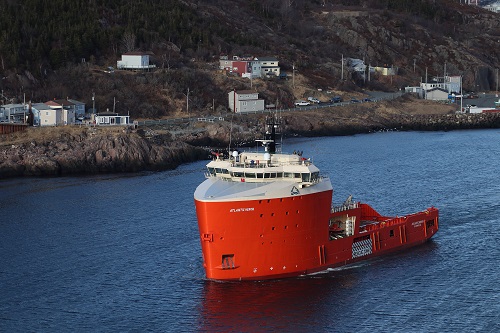NAUT 100V - Chartwork and Pilotage Level 1 (CP1)
Course Description

Receive up to $3,500 in tuition support towards this course!
Seats in this course may be partially or fully covered by the StrongerBC future skills grant for eligible learners. Check your eligibility and apply here.
This entry level course is designed to provide the mariner with in-depth knowledge of chartwork and pilotage that is required to plan and monitor the safe passage of a small vessel engaged on coastal voyages.
Topics covered in this course include: nature and function as an aid to navigation, symbols; sailing directions; lists of lights; tidal currents; navigation in confined waters; navigation aids; buoyage system; charts; chart usage; fixing position; estimating position; courses; conversion of course; distance measurement; reliability of charts; publications; tidal terms; calculation of tides; set and rate of tides; and record keeping.
Upon successful completion of this course, you will have the knowledge required to plan, execute, monitor and record the safe passage of a small vessel engaged on a coastal voyage.
Learner Outcomes
Upon successful completion of this course, you will be able to:
-
Describe the principles of construction of the different types of charts and their use;
- Use common nautical publications that are found on board small vessels;
- Determine a ship’s position by use of: Landmarks
- Determine a ship’s position by use of aids to navigation, including lighthouses, beacons and buoys;
- Determine a ship’s position by dead reckoning, taking into account winds, tides, currents and estimated speed;
- Keeping a log book and a record of compass errors.

Supported by the Province of British Columbia


